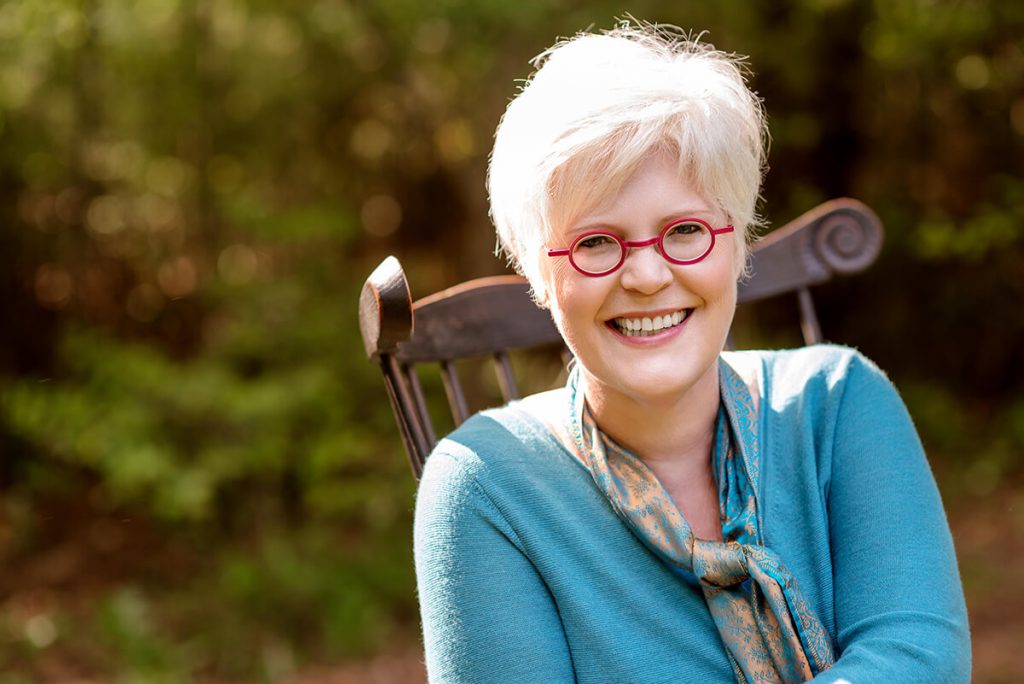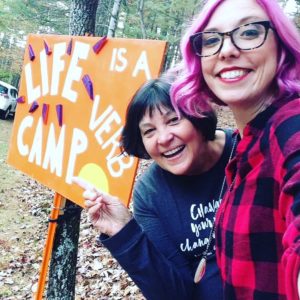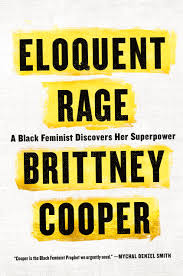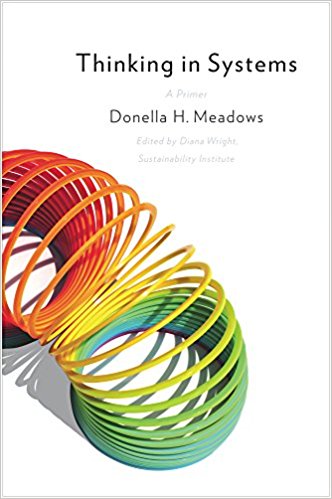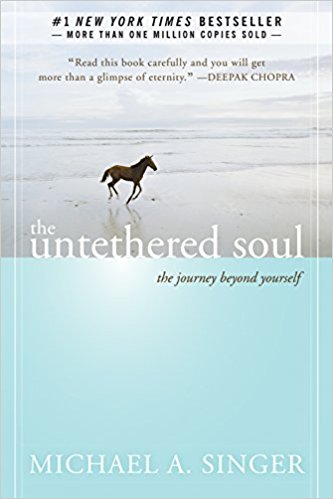"Do or do not do. There is no try." – Master Yoda
 Something floated to the surface of my consciousness recently, vying for frontal lobe space, squeezing into precious real estate needed for phone numbers, due dates for 8th grade science projects on water pollution, and the first verses of “The Love Song of J Alfred Prufrock,” which so often comes in handy at cocktail parties and auto repair shops.
Something floated to the surface of my consciousness recently, vying for frontal lobe space, squeezing into precious real estate needed for phone numbers, due dates for 8th grade science projects on water pollution, and the first verses of “The Love Song of J Alfred Prufrock,” which so often comes in handy at cocktail parties and auto repair shops.
What floated toward the light?
It was the concept of intention.
Suddenly, I became aware of all those times I have responded to an invitation or a suggestion by saying “I’ll try.”
“I’ll try to make it to your party.”
“I’ll try to be there at 4:00pm.”
“I’ll try to get the papers graded by Monday.”
“I’ll try to remember to send him a birthday card.”
“I’ll try to write every day.”
“I’ll try to get to the gym to train for my cross-country bike trip.”
“I’ll try to be a Nobel Peace Prize winner and I’ll try to make my bed every day.”
“I’ll try, I’ll try, I’ll try.”
It suddenly occurred to me that this just wouldn’t do. The answer was “Yes” or “No,” not “I’ll try.” Once I became aware of the slippery slope of “I’ll try,” I realized that I’ve spent some fair amount of living in that between zone, neither a clear yes or a no, but a maybe. And so have many others. Why, I wonder? Why so noncommittal? So we could hedge against disappointment (of ourselves and others)?
When I was chosen as an exchange student to Sri Lanka, it was a country I had never heard of. Once chosen, I heard the name everywhere. The same phenomenon occurred with “I’ll try.” Once I became aware of it, I heard it everywhere: “I’ll try to get that in the mail today.” “I’ll try to visit you in Intensive Care.” “I’ll try to set up your iPod today.”
No, my dear friend—you either will or you won’t. There is no “try.”
“I’ll try” became the enemy of intention. And intention became important to me, as did direction.
I first realized the importance of intention and direction while teaching a course this past summer on “Imaginative Facilitation: East and West” with a friend and colleague from Tokyo, my brilliant Kichom. A magical group of people had convened for our 5-day course, one of whom was my business partner, David, who led us in a half-day workshop during the course using improv and theatre techniques as a way to access the learning.
 One exercise was something we affectionately called “Goats and Bananas,” a nonsensical play of goofy lines and stage direction delivered to participants randomly on small strips of paper.
One exercise was something we affectionately called “Goats and Bananas,” a nonsensical play of goofy lines and stage direction delivered to participants randomly on small strips of paper.
My direction, which started the play, was to walk to the center of the room and declare “Goats and bananas!” Hence the name.
Another person held a slip of paper that read: “When someone says ‘goats and bananas,’ walk to the center of the room and chirp like a bird.” And “When someone walks to the center of the room and chirps like a bird, stand on a chair and declare, ‘Two can play that game!’” And “When someone stands on a chair and says, ‘Two can play that game,’ clap your hands and shout, “Bravo! Bravo!” And “When someone claps their hands and shouts, ‘Bravo! Bravo!’ skip around the room saying, ‘Pop! Pop! Pop!’”
There was a part for everyone in the room, all connected and yet seemingly random and nonsensical. We laughingly delivered our lines, not knowing where this was headed. “Great job!” David said. We talked about our need to make sense of the random actions, develop cause and effect, look for linkages. But before too much intellectualizing, David exclaimed: “Let’s do it again!” So off we went, goats and bananas!
 “Superb!” he said. “Let’s do it again, but exaggerate each action.” So we did an opera version—bigger than life, hysterical even.
“Superb!” he said. “Let’s do it again, but exaggerate each action.” So we did an opera version—bigger than life, hysterical even.
“Now, let’s add intention,” he said. “When you deliver your line, I want you to deliver it with some intention—imagine you are trying to bewilder or seduce or alert or anger or comfort or pacify someone—choose an intention and deliver your line to achieve that intention.”
“Huh?” we all said collectively, but then we did it.
And things changed—the tone, the nuance, the mood, the way in which we delivered our lines and interacted—it all changed. The play changed. It was different, then, with intention—intention was powerful.
“Now,” he said, “let’s add direction—direct that intention to an Other in the room.”
Wow.
The play became something altogether different, though those nonsensical lines remained the same. Intention and direction changed it, changed us. It was a physical knowing that we experienced, far beyond intellectualizing.
“Last time—direct your intention to the next in the sequence. No one is ever out of the play in this version,” he directed. “Maintain the sequence, but engage from the first moment.”
The deep, embodied, personal, gut understanding that emerged is hard to explain. Behind the laughter was a profound and compelling learning about intention and direction that has forced me to revisit my life to see how much intention and direction have, actually, been missing. Oh, sure, from the curriculum vitae, they appear front and center—sureness, direction, intention, accomplishment—it all appears to be there. But now I know differently—and rather than regret that the play could have been different, I have to work on making the next scenes different by being intentional, with direction.
We know there are sixteen ways to avoid saying “no” in Japanese. In the United States, “I’ll try” is one of them. What’s another? The ubiquitous “we’ll see.” Neither demonstrates much intention or direction, do they?
~*~ 37 Days: Do it Now Challenge ~*~
 Remember goats and bananas. Add intention and direction. Watch the play change in remarkable ways. Engage from the first moment.
Remember goats and bananas. Add intention and direction. Watch the play change in remarkable ways. Engage from the first moment.
Do or do not do. There is no “try.”
 Something floated to the surface of my consciousness recently, vying for frontal lobe space, squeezing into precious real estate needed for phone numbers, due dates for 8th grade science projects on water pollution, and the first verses of “The Love Song of J Alfred Prufrock,” which so often comes in handy at cocktail parties and auto repair shops.
Something floated to the surface of my consciousness recently, vying for frontal lobe space, squeezing into precious real estate needed for phone numbers, due dates for 8th grade science projects on water pollution, and the first verses of “The Love Song of J Alfred Prufrock,” which so often comes in handy at cocktail parties and auto repair shops. One exercise was something we affectionately called “Goats and Bananas,” a nonsensical play of goofy lines and stage direction delivered to participants randomly on small strips of paper.
One exercise was something we affectionately called “Goats and Bananas,” a nonsensical play of goofy lines and stage direction delivered to participants randomly on small strips of paper. “Superb!” he said. “Let’s do it again, but exaggerate each action.” So we did an opera version—bigger than life, hysterical even.
“Superb!” he said. “Let’s do it again, but exaggerate each action.” So we did an opera version—bigger than life, hysterical even. Remember goats and bananas. Add intention and direction. Watch the play change in remarkable ways. Engage from the first moment.
Remember goats and bananas. Add intention and direction. Watch the play change in remarkable ways. Engage from the first moment. 
